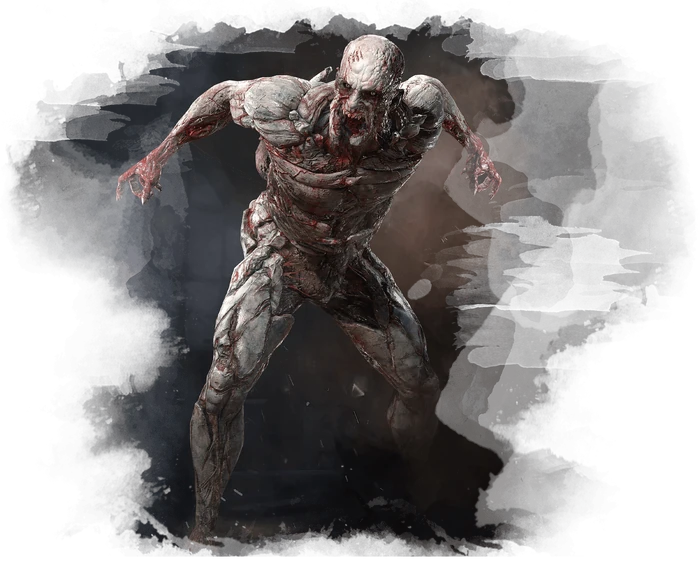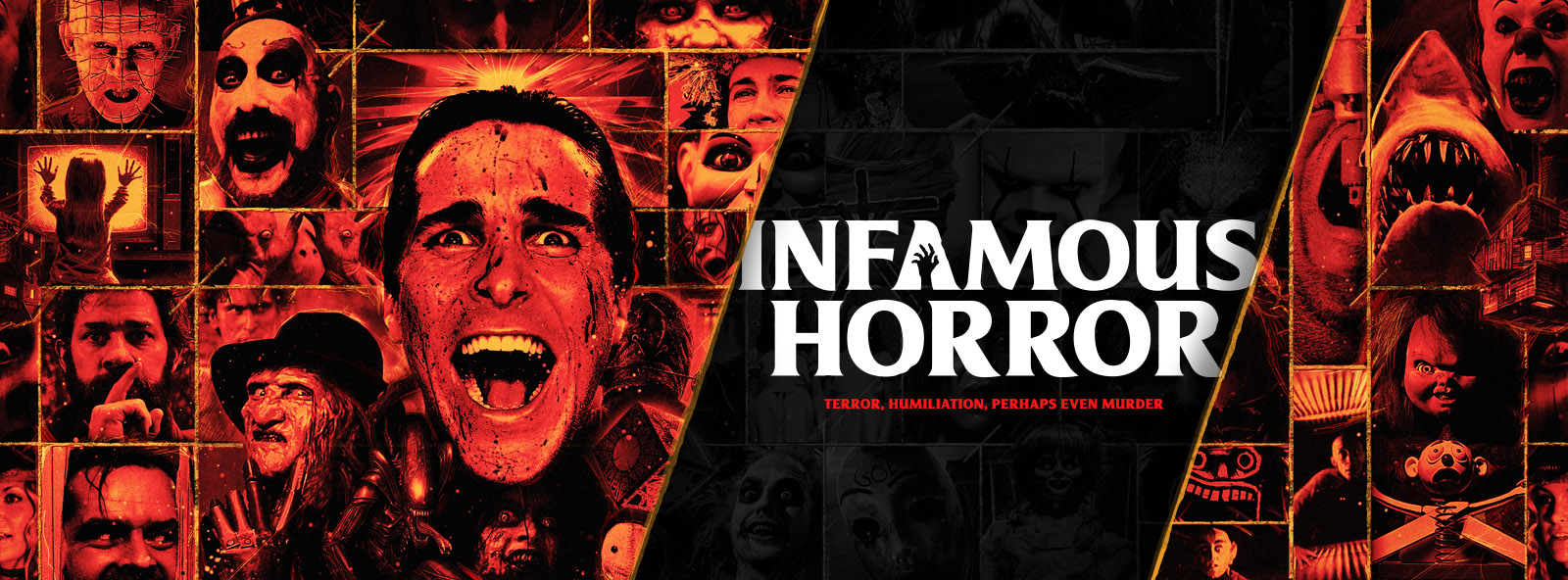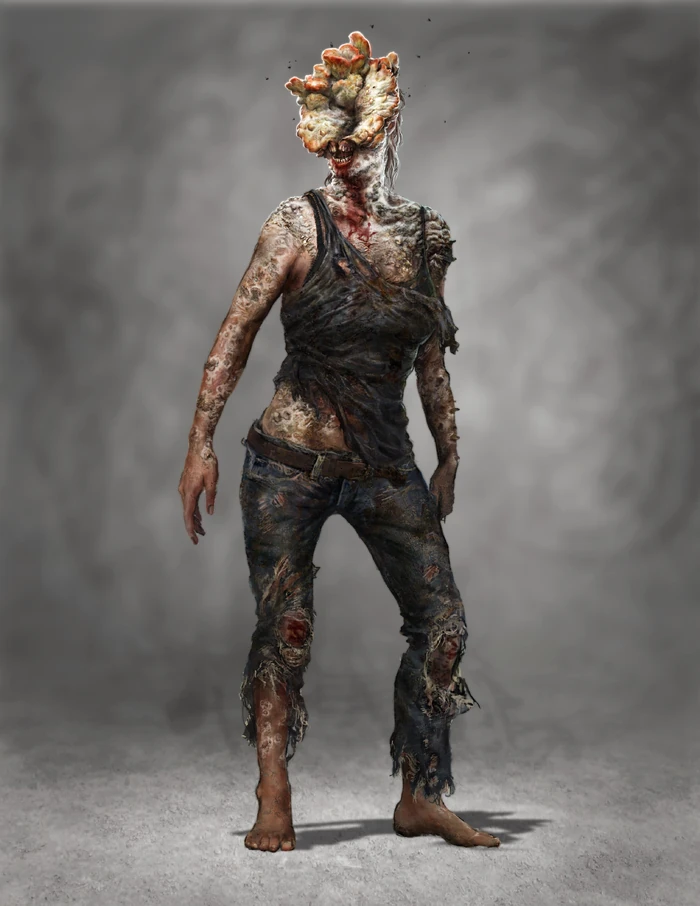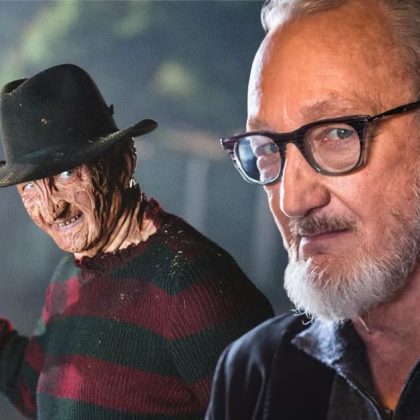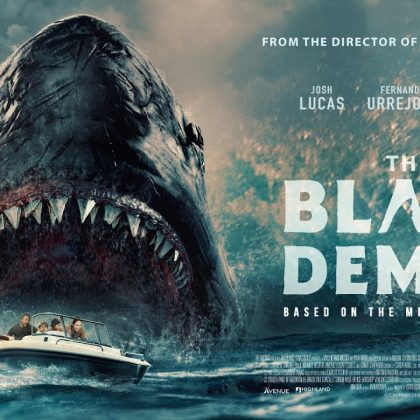From mindless beings stripped of free will, to ravenous and mutilated brutes driven by their hunger for human flesh – pop culture has seen the rise and demise of numerous zombie classifications over the last century. Let’s explore the origins of this staggeringly popular horror genre and gameplay narrative – and how zombies in cinema have evolved on screen before our very eyes.
Voodoo Zombie (White Zombie 1932)
Characteristics;
- Mindless motion
- Physically weak
- No free will
- Revived through ritualistic practices
In some African and Caribbean cultures, it is believed that “zombies” were corpses revived by witchcraft or Voodoo. They were under full control of a Voodoo sorcerer or a Bokor. They displayed symptoms of catatonia, amnesia, and were often used as laborers. The concept was explored in the 1932 film White Zombie, where the undead were created by consuming a potion and forced to work in the cane fields, however, the film wasn’t received all that well at the time.
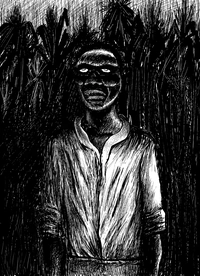
Night of The Living Dead (1968)
Night of the Living Dead (1968) Trailer #1 | Movieclips Classic Trailers
Characteristics;
- Strong but lacking speed
- A desire for human flesh
- Transmitted through bites and bodily fluids
- “Killed” by head trauma, decapitation, or burning
The Night of the Living Dead brought us the generic “walker” zombie we’ve all grown to love. Director, George A Romero, developed a whole new nightmare by introducing the symptom of flesh-eating and unpredictable primal instincts. Suddenly, there was a lot more at stake for the characters as they had a difficult choice to make; be eaten alive or survive long to become one of the ghouls themselves. The film has become a cult classic and has inspired many other zombie cinematic pieces including the iconic Michael Jackson’s Thriller video in 1983.
Resident Evil (2002)
Resident Evil (2002) Official Trailer 1 – Milla Jovovich Movie
Characteristics;
Grotesque
Bites and claws
Aggressive primal instincts
Faster than “walker” zombies
Zombies faced a period of stagnation after Night of the Living dead and its sequels. While many fantastic films and television shows made their debut during this time, it wasn’t until films like Resident Evil and 28 Days Later that the infamous “viral zombie” became popular. Zombie makeup and practical effects adopted a more gruesome approach with rotting flesh, shredded skin, and bloody injuries that made some viewers uncomfortable. These were faster than the zombies we had seen before, and the fast spreading viral aspect gave us all something new to worry about: extinction of the human race.
(Honorable mention to the Rec franchise who explore a demonic viral infection.)
The Walking Dead (2010)
Characteristics;
- Impaired movement
- Strong (usually) but docile
- Relies on smell and hearing
- Killed by starvation or head trauma
AMC’s smash hit show, The Walking Dead, catapulted zombie drama into the limelight; while the “walkers” aren’t anything new, the film’s narrative is what gained it its popularity. This wasn’t simply a case of people biting other people, this virus had already infected everyone on Earth – so whether you died by bite or heart attack, everyone wound up a reanimated corpse thanks to the dormant virus in the brain. But a swift knife or bullet to the head would ultimately put an end to that.
World War Z (2013)
World War Z Official Trailer #1 (2013) – Brad Pitt Movie HD
Characteristics;
- Relentless
- Extreme speed
- Agility
- Attracted to sound
- Distinctive chattering sound
I remember going to the first screening in cinema and thinking, “It’s official, the worst kind of zombie has been created.” Something about their total disregard for self preservation terrifies me; they are so furiously relentless in pursuing non-infected persons. They attack purely to infect and spread the virus, we rarely see them consuming their prey; their whole existence beyond the point of being infected is to terrify and infect. Once bitten, the infected goes from living to raging corpse in as little as 12 seconds, hence the fast spread of the virus. The film is a noteworthy adaptation of the original book!
The Last of Us – Clickers (2013)
Characteristics;
- Blind
- Hunts via echolocation
- Enhanced strength
- Erratic
- Persistent
I want to give an honorable mention to The Last of Us game that was popularised by its televised series released earlier this year – the reason being that the infection is the result of a fungus (cordyceps) and not your stereotypical virus. As a result, I think the Clickers in this game/series set forth a unique style in terms of appearance. Fleshy fungal growths that form somewhat of a “barrier” around the brain – making killing it a grueling and stressful task. I personally find the threat of mold and fungus refreshing, you can’t deny the whole flesh-rotting virus has been exhausted in recent years – it was morbidly enjoyable to have something entirely new to fear: mushrooms.
Dying Light – Volatile Zombie (2015)
Dying Light – Launch Trailer | PS4
Characteristics;
- Hunts at night
- Extremely mutilated/gory
- Extremely strong and agile
- Can spit attack
I recall playing this game just one time and I had the misfortune of encountering a Volatile. Broad shouldered and stripped entirely of flesh, this is the games’ most notorious zombie and it exhibits extreme strength and power over the player. The player’s best chance of survival is to run and wait out the danger until sunrise when the volatiles are vulnerable in the sunlight and tend to flee to the caves. While the majority of zombies have a “weakness” as such, I think this was the first time I had seen UV rays be an infected’s biggest concern. It emits deafening screeches that eliminate any form of its remaining humanity.
We went from peaceful and obedient, mind controlled corpses, to ravenous acid-spitting zombies – with a few variations along the way. I personally can’t see how much further zombies can evolve before they lose what made them popular in the first place; the notion of “not quite human” is what initially made them so successful in horror, however, Volatiles are bordering on losing all human propensity. When does a zombie stop being a zombie, and just becomes another Hollywood or gameplay monster?
